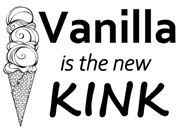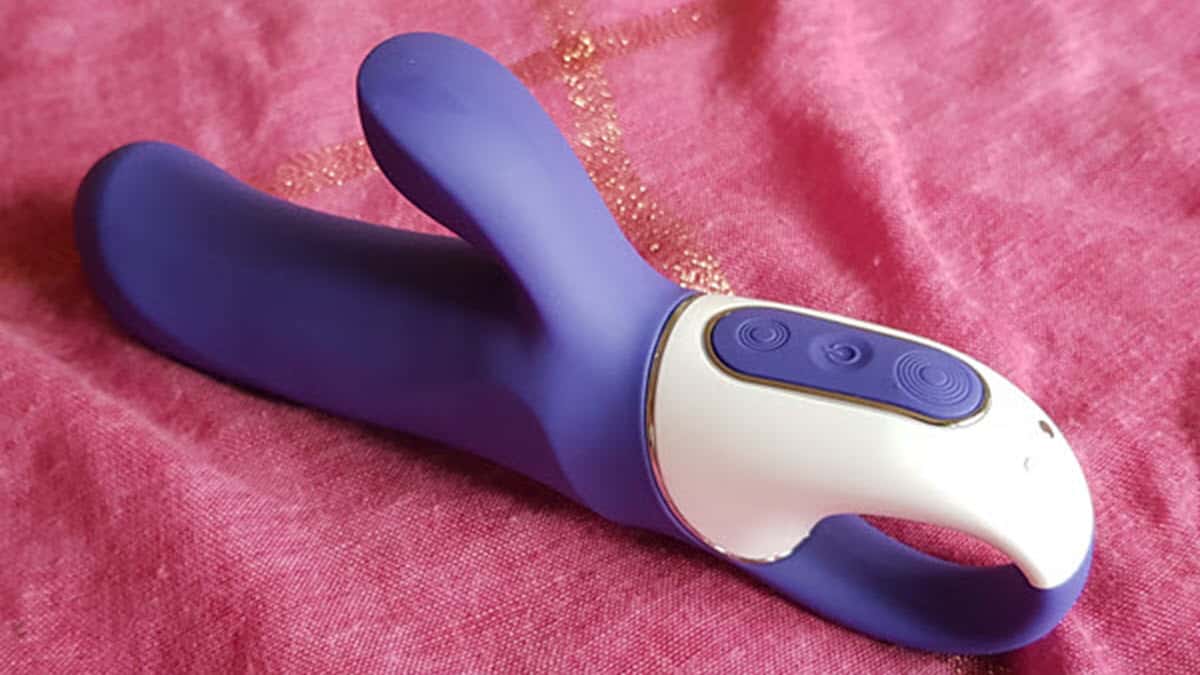Feminism and the History of Vibrators
*As an Amazon Associate we earn from qualifying purchases. We also earn from other affiliate programs. The price to you remains the same in all cases.
In the bedroom drawers of most women these days you will find a vibrator nestled away. It has become something like a right of passage as women mature into their sexuality to purchase their first sex toy. Television shows and movies will use vibrators as symbols of female liberation, sexual innuendo, or sometimes even a punchline – thanks, Sex And The City!
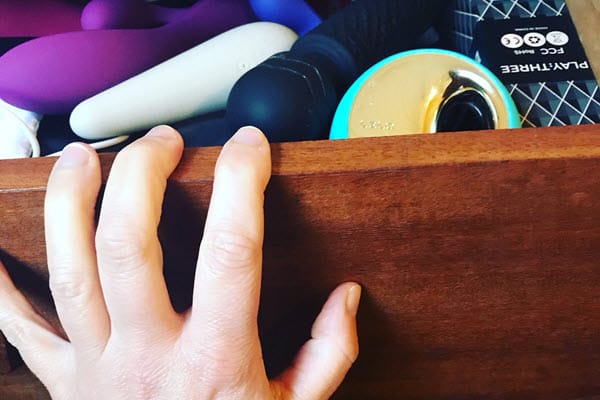
Vibrators are quite simply a part of our lives and part of our culture.
The technology of today’s modern vibrator was developed in the 1880s and has evolved since, with our beliefs and ideas about sex and pleasure changing alongside it. In the 1970s it was the access to modern vibrator wands that brought sex positivity into the feminist movement.
Today, sex toys continue to be a tool of empowerment and agency for women by prioritizing the value of female pleasure.
The History of the Vibrator
There are many fanciful tales about ancient female pleasure tools, who created and used the first vibrator— some will say it was Cleopatra harnessing the buzzing of bees. While we don’t have any evidence of ancient devices we certainly know that seeking sexual pleasure has been a human imperative throughout time.
We can never know for sure what types of inventions our ancestors crafted to induce (and indulge) orgasm.
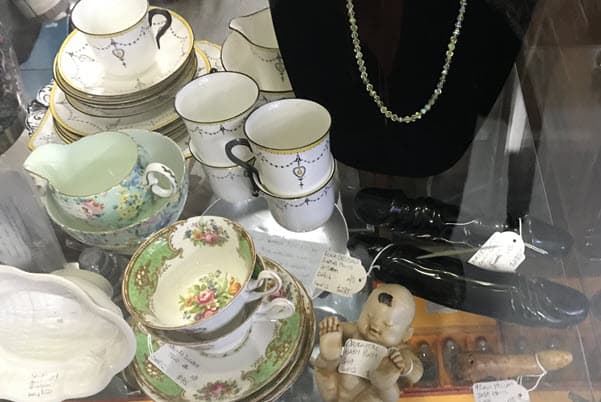
Early Electric Vibrators
The first known mechanical vibrator devices were developed in the 1880s. The 19th century was a time full of technological and medical advancements with the electric vibrator being counted among them. The English physician Joseph Mortimer Granville developed the first known electric vibrator as a tool to treat common maladies.
The vibrator was intended to help with things like pain, headaches, and irritability. Although even at the time Granville was aware of its potential sexual uses, it was only ever thought of in the context of male pleasure.
There are misconceptions that doctors of that time would use Granville’s device to bring female patients to orgasm to treat “hysteria.” There are claims that doctors brought women to orgasm without their consent or understanding of what is happening. Although there is no evidence to confirm this actually occurred, women being labeled as ‘hysterical’ is certainly not a new phenomenon.
What there is evidence of is that doctors were actively advising against using the vibrator on women for pleasure purposes.
It wasn’t until the early 1900s that electric vibrators began being used intentionally for sexual pleasure, even if not officially condoned by the makers of such objects. Electric vibrators – a lot of which resembled modern day’s hair dryers – were marketed as cure-all medical devices for men and women alike. Often with a wink and a nod in their advertising about how they may make you feel better and forget your worries.
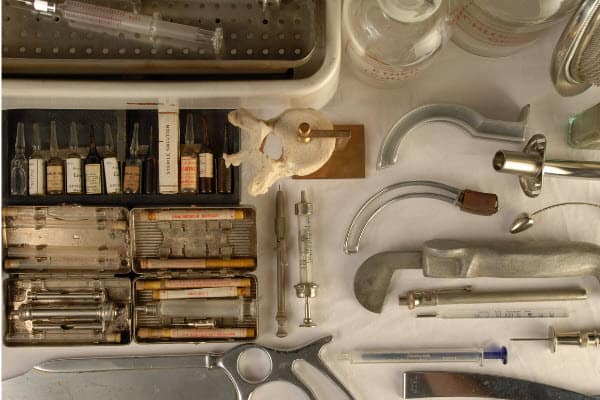
In terms of vibrators being openly discussed and used as sex toys, this level of openness was very much an underground phenomenon and only seen in porn and erotic publications – all of which were considered ‘non-decent’ for society’s standards at the time.
Fast forward to the second half of the twentieth century, vibrators finally made the transition from underground subculture object to household item. The trick was rebranding them into ‘massagers’. The idea of a ‘health’ device, often marketed for pain relief and weight loss purposes, was still used to misguide consumers.
However, in the privacy of their own homes, women saw the potential to find pleasure in these ‘magic’ devices, beyond healthy benefits.
Let’s face it – I can’t think of many things healthier than good orgasm!
Sex Toys, Feminism and The Seventies
It was not until the seventies and, I would also add, thanks to feminism, that vibrators came out of the closet and proudly became ‘sexual aids’. It is not a coincidence that this chapter in the history of vibrators happened around the same time women were finally fighting against sexual oppression.
If you are interested in the history of vibrators, there is a great museum dedicated to it in San Francisco, Good Vibrations – The Antique Vibrator Museum. The museum was
But back to the wonderful pioneers who started the conversation around vibrators, who are they? What was their contribution?
Joani Blank and Good Vibrations
In 1977, Joani Black, as ex educator, opened a sex toy sotre in San Francisco – Good Vibrations. The store quickly became a hub of sex positive feminism in San Francisco’s Mission Disrtict.
Good Vibrations certainly sold plenty of vibrators and tools for women to love themselves, as Betty Dodson may say, but Joani Blank’s real passion was for education. She also knew it was necessary to have more equitable relationships with men, and more fulfilling relationships with our partners.
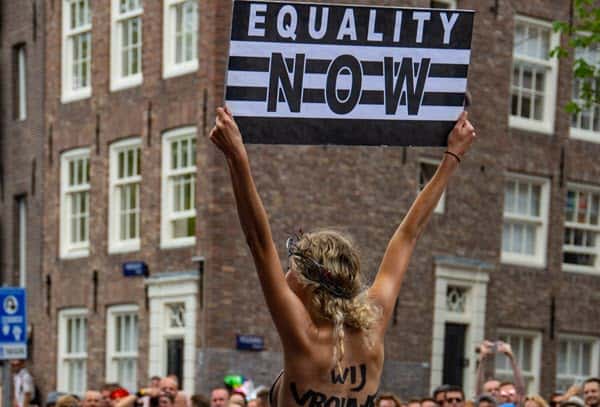
Good Vibrations was sold to its employees in 1992 to become a worker-owned cooperative. This business model lasted until 2006, when market forces and increased competition forced the company to take a different approach. The company, nowadays, operates a big online store and some retail shops – mostly located in California.
While Good Vibrations’ business model has changed over the years, the progressive values instigated by Joani Black are still a strong component of the company ethos to these days. The Antique Vibrator Museum, mentioned above, is part of the Good Vibrations group.
Betty Dodson – Exploring Female Pleasure Through Masturbation
The 1970s is the decade that finally moved vibrators from a secret to being celebrated. Far from vibrators first being used on women by Victorian era doctors without their consent, the history of vibrators is one of female empowerment and demanding to have control over one’s own pleasure.
It was a woman, Betty Dodson, who worked to turn the vibrator into a tool for empowerment. Out of her New York City apartment Dodson began holding masturbation workshops where women would gather and use vibrators to explore their pleasure in a supportive space.
Betty’s ideas were hugely influential even if radical for the time, and for many her ideas still seem fairly radical today. She promoted open and honest communication around sex and encouraged women to masturbate when single or in a relationship to stay connected to their own bodies and desires. Her work also popularized the clitoral orgasm as well as the Hitachi Magic Wand vibrator, which women would use to discover those orgasms in her workshops.
Women like Betty Dodson brought sexual positivity into the second-wave feminist movement by declaring that effective masturbation is a form of liberation, necessary to the ultimate goal of equality between the sexes.
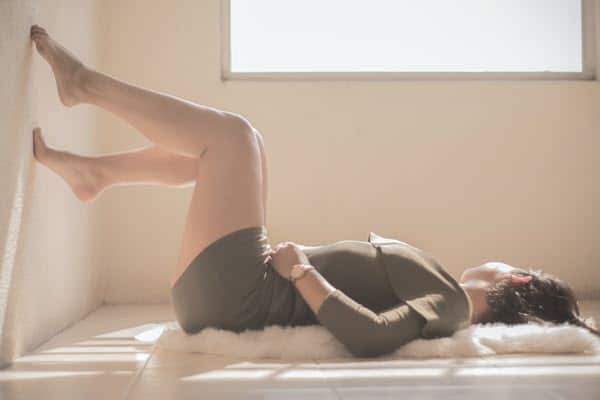
“Masturbation is the ongoing love affair each of us has with ourselves throughout our lifetime,” Dodson said, and indeed she has helped women to love themselves more authentically, and with a lot more joy.
Del Williams and the Modern Sex Toy Shop
After attending one of Betty Dodson’s masturbation workshops Del Williams had an awakening of sorts. Inspired to continue her journey of self-discovery, Williams wanted to get one of the Hitachi Magic Wands she had experienced in the workshop for herself. Her experience shopping for the vibrator at a large department store was less than pleasurable, she was made to feel uncomfortable by the salesperson.
Williams decided to remedy this experience by opening her own sex toy shop in New York City called Eve’s Garden. Eve’s Garden stocked a selection of vibrators and sex toys while also being a hub for sexual education. At her shop there was space for learning about sex and sexuality, sexual freedom was celebrated, and the female orgasm was centered.
Female founded and operated, Eve’s Garden was a physical representation of the way women were demanding that their sexual autonomy and experience was as important as mens. The vibrators women bought at Eve’s Garden to get in touch with themselves and their pleasure in radical new ways. It showed them how good it can feel to take charge in the bedroom, and beyond.
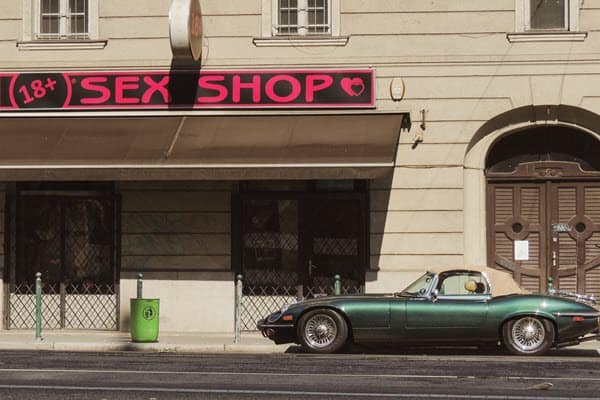
Eve Ensler and The Vagina Monologues
Although not quite vibrator focused, Eve Ensler’s play The Vagina Monologues was a groundbreaking show of female sexuality. The play, based on Ensler’s interviews with two-hundred women talking about their vagina, hit the scene in 1996 and, quickly, became a sold-out phenomenon.
The play quickly made the headlines and was widely reported by the media. Ensler’s contribution towards normalizing ‘vagina talks’ is enormous. A lot of Ensler focus was on violence against women and on consent, but the connection between women’s empowerment and sexuality is very clear throughout Ensler’s work.
Sex and The City – Carrie, Samantha, Miranda and Charlotte bring vibrators to TV
Sex and The City aired for the first time in 1998. While there are many (justified) criticisms of the popular series, for the first time in TV history vibrators made a glorious and unapologetic appearance to a very large audience.
There is nothing like TV to bring something from hidden undergrounds to the open minds of pop culture. SATC made women’s sexual liberation a constant theme: from one-night-stands (Yes, women can enjoy them too) and threesomes to masturbation and orgasms, nothing was off-limits.
My personal favorite episode is when Samantha returns a vibrator to the Department store telling the (male) retail assistant that the vibrator won’t set her off! From memory, the episode finishes with Samantha babysitting Miranda’s baby and using her brand-new vibe to calm the baby down.
It is no surprise that the sales of vibrators – particularly, the rabbit vibes – skyrocketed when the series were on.
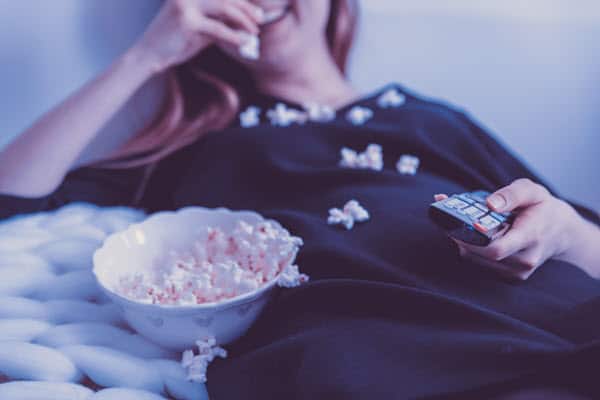
Women’s entrepreneurship – Sex toys by women, for women
The history of vibrators and feminism is also the history of women’s entrepreneurship. Black, Dodson and Williams all saw the need of a women’s run space. Nowadays, we can all purchase sex toys from the safety of our homes and have our toys comfortably (and discreetly) delivered. But who is behind the research and the design of modern sex toys?
A good example of entrepreneurship and feminism is the duo behind Dame products, Janet Lieberman and Alexandra Fine. Unsurprisingly, one of the company’s primary goals is to ‘close the pleasure gap’. Dame has also a commitment to co-design through its ‘Dame Lab’ where consumers have an opportunity to give direct feedback in the product development process.
Another sex toy company worth highligting is Maude led by Eva Goicochea (Fo/CEO) and Dakota Johnson (Co Creative Director). The duo aim to create an inclusive company that is reflective of ‘real people’, including straight couples – possibly with kids, LGBTIQ community and people over 50.
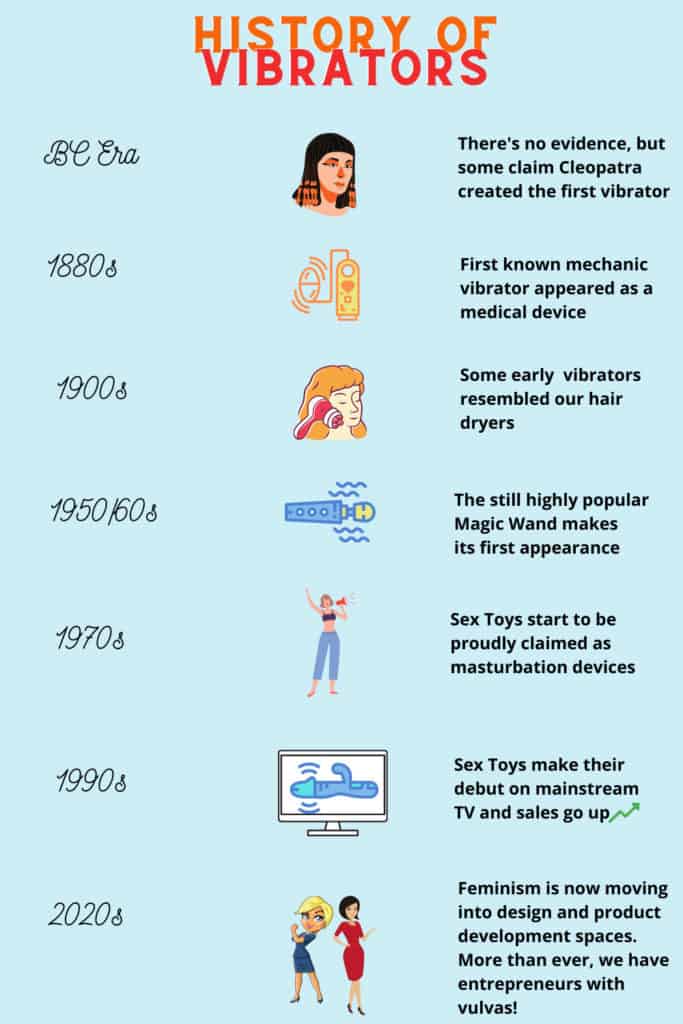
Final Thoughts
I often find myself thinking about previous generations and what life would be like if I had been born 50 or 100 years earlier. I think feminism has a long way to go – we are still slut-shamed and the pleasure gap is real as shown by research. Nevertheless, I can’t help but feeling grateful to all those who did the first move and walked, so that I could comfortably run – and play with my favorite sex toys.
